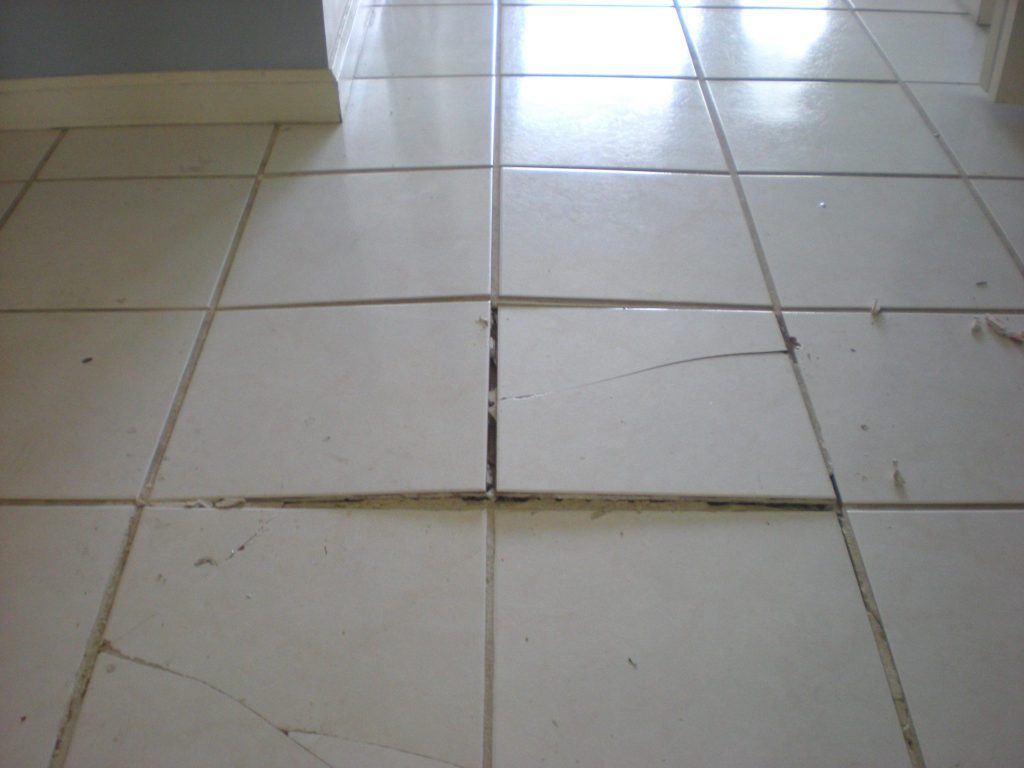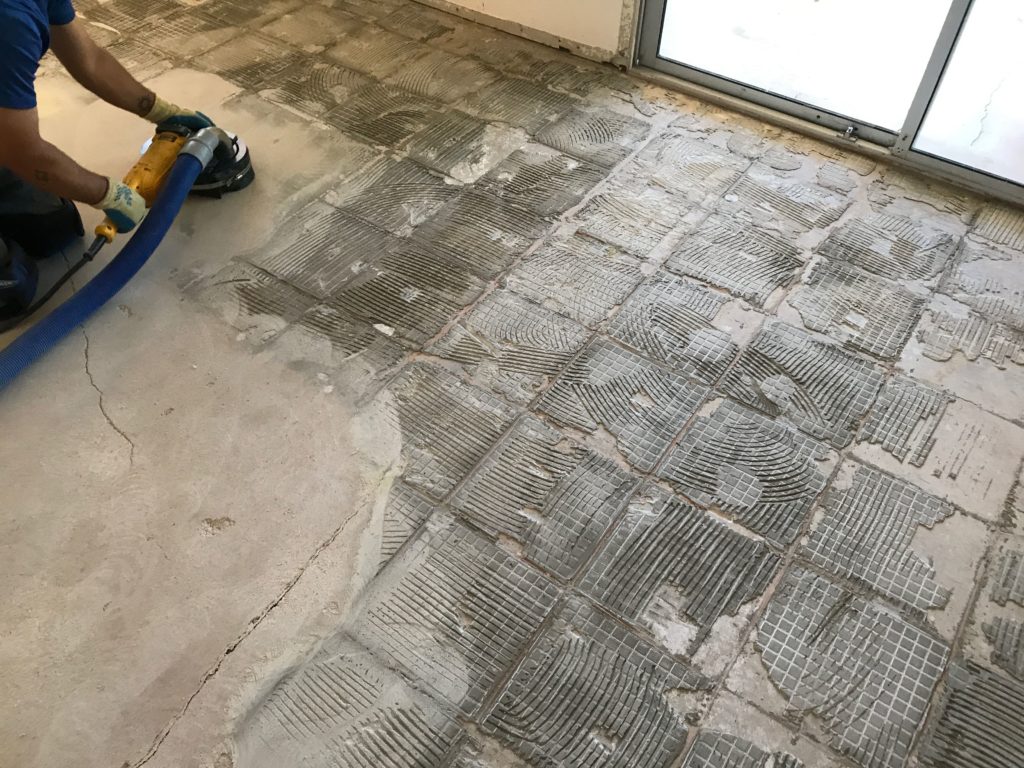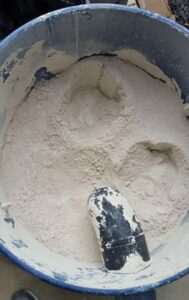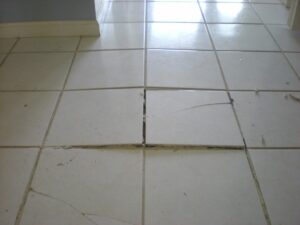
The Proper and Improper Bonding of Floors: Everything You Need to Know

Photo Credit: AAA Tile
Preparing a subfloor is more than just cleaning the surface and eliminating dust. It’s important to have it set up in a way where the bonding process can be customized based on what the subfloor requires.
It’s best to understand what’s needed when it comes to bonding and how to do it the right way. The right steps can go a long way in ensuring the quality of the installation and the longevity of your floors. Proper bonding provides peace of mind in knowing that your floor’s cosmetic, structure, or foundation aspects won’t be compromised.
Need Flooring Services in Houston, TX?
What Does Bonding Mean in Regards to Flooring?

Bonding refers to the process of adhering flooring materials to the subfloor. This includes the use of an all-purpose adhesive that helps settle the material into place with appropriate spacing.
When done right, this will ensure the flooring lasts for a long time and does not break down due to structural concerns.
It’s common for mistakes to be made when the wrong type of adhesive is used or the environmental conditions are unstable. This is why it’s best to be aware of what is proper bonding of floors and what is improper bonding of floors.
Removing Your Tile Flooring Without the Mess
Speak with a Flooring Expert About Your Project
What are the Signs of Proper Floor Bonding



1. Moisture-Resistant Setup
Environmental moisture can begin to seep through the bonded material. This can lead to a situation where the moisture begins to have a detrimental effect on the flooring’s stability and overall structural integrity.
If this continues to happen, the flooring can begin to expand and that does cause breakage. It’s important to have a moisture-resistant set up and that includes regulating the amount of humidity in the room. Otherwise, the moisture can become a significant issue as time goes on.
Always pay attention to whether or not moisture levels are high in the room. This can be a tell-tale sign of potential hurdles for the bonded floor later on.
2. Comprehensive Prepping
Prepping the subfloor is just as important as any other step in the process.
This is where a comprehensive dust removal solution can make a difference. If the floor is not prepped correctly, it becomes much harder for the flooring material to adhere to the subfloor.
Therefore DustRam is a good choice when looking to prep a subfloor. It helps eliminate all of the dust that is present on the surface and provides a blank slate for the new flooring material.
Five Reasons Why It May Be Time to Replace Your Tiling
3. Stable Temperature
Environmental heat is a common concern when it comes to the bonding of floors. If the temperature is not stabilized in the room, this can affect the adhesion.
For example, if the room is too dry, this can cause the wood to shrink rapidly. This shrinkage leaves gaps in the flooring and that alone brings along with it a long list of structural issues. A good example of this can be flooring that begins to shift and/or become unstable.
The most important reason proper bonding of floors involves a stable temperature comes down to longevity. The more the flooring material shrinks, the harder it is to maintain.
4. Complete Adhesion
Proper bonding of floors will always offer complete adhesion to the subfloor.
This means the adhesive that is used will remain attached to the subfloor and is not going to shift due to environmental changes. This is a sign the bonding was done well and the surface had been prepped the way it was supposed to be.
This also includes using an adhesive that is cohesive with the mineral base. If not, the entire flooring can become unstable and difficult to maintain as time goes on. It is these finer details that make or break the proper bonding of flooring.
Ultimate Tile Floor Cleaning Guide
Speak with a Flooring Expert About Your Project
How To Prevent Improper Bonding of Floors?
1. Smooth Out the Subfloor
If you wish to prevent improper bonding of flooring, it’s important to prep the surface beforehand. Tile dust is a common concern when it comes to subfloors and the debris can begin to impact how effective new adhesive is for your flooring material.
The best solution is to smooth out the subfloor and make sure it’s a blank slate for the new flooring materials.
By doing this, it eliminates the guesswork associated with the process. It also ensures inconsistencies don’t start to develop when it comes to how the flooring is bonded into place.
What To Do About Cement Stains on Sandstone
2. Use A Quality Adhesive
The type of adhesive being used has to work with the flooring material and environmental conditions. This includes the mineral base and how well it functions with the layers of the substrate. If this is not done well, the bonding starts to break down after a while.
Longevity is all about using a quality adhesive and ensuring it works well with the type of flooring material going into place. If not, the damage can be extensive and it is quite hard to reel back in without stripping the flooring off of the subfloor again.
Get the adhesive right the first time and make sure it is compatible with the flooring material. This is a must.
3. Regulate the Temperature to Prevent Dryness
Dryness is a concern that is often cited by experts because it starts to shrink the wood. This means new gaps begin to appear between the wood pieces and this can start to have a serious impact on how stable the surface is.
By regulating the temperature and keeping it in one place, it is a lot easier for the floor to remain the way it is supposed to.
A lot of people don’t think about this and that is what starts to warp the flooring.
4. Waterproof the Base
It’s important to prep the bonding process in a way where it’s waterproof. This is done by managing the moisture content in the environment around the flooring. To do this, it’s common to get a reading of the humidity in the space and then adjust from there.
It’s also ideal to waterproof the base by closing the gaps between the flooring. This ensures nothing seeps through causing warping.
If the base is resilient, it will hold up well even when there are fluctuations in temperature. This is why waterproofing the base is important and plays just as much of a role as any other step.
How To Remove A Terrazzo Stain
5. Measure the Spacing
Spacing matters when it comes to the bonding of floors.
If the spacing is off, this can leave gaps that expose the base to damage. It might be gradual and happen over time, but the structural issues do come to arise as time goes on. It’s better to have a robust set up in place that uses a high-quality adhesive and maintains a tight-knit installation.
This is how bonding is done and why it’s important to pay attention to the finer details of the process. This includes measuring everything out and ensuring the adhesive is set up in a way to avoid instability.
Final Thoughts on the Bonding of Floors...
Proper and improper bonding of floors matter. You must take the time to understand what works and what does not include prepping the subfloor beforehand. Leaving this to chance is not recommended and will lead to damaged flooring later on. It’s better to use DustRam to clean the tile dust and prepare the subfloor.
Once this is done, it becomes a lot easier to start using an adhesive for the flooring materials. This will also help reduce any environmental concerns that come whether it has to do with moisture or dryness. Organize everything and make sure to use preventative strategies to keep the flooring in good shape.
Houston Porcelain Tile Installation
Need Flooring Services in Houston, TX?
Latest News and Trends

Why Indoor Air Quality Is Important in Tile Removal – Crystalline Silica Dust
Indoor Air Quality in Flooring Removal – Crystalline Silica Dust Edition Air pollution is a serious problem around the world. Exposure to pollution can lead

Learn How to Clean Hardwood Floors the Right Way
A Guide to Cleaning Hardwood Floors the Right Way Restore Your Hardwood’s Natural Luster and Shine Hardwood floors are a beautiful addition to any home.

Ultimate Guide: How to Properly Clean Your Marble Floors
Ultimate Guide: How to Properly Clean Your Marble Floors Photo Credit: Remodeling Calculator When it is time to clean the marble floors on your property,

How Do You Clean Stained Concrete Floors?
How to Clean Stained Concrete Floors the Right Way Make Your Stained Concrete Floors Last & Remain in Pristine Condition By: Cutting Edge Flooring Services

The Proper and Improper Bonding of Floors: Everything You Should Know
The Proper and Improper Bonding of Floors: Everything You Need to Know Photo Credit: AAA Tile Preparing a subfloor is more than just cleaning the

How a Sealer Protects Your Countertops
How a Sealer Protects Stone Countertops Are you wondering how a sealant will protect your countertops from certain damages? Follow along with Cutting Edge Flooring